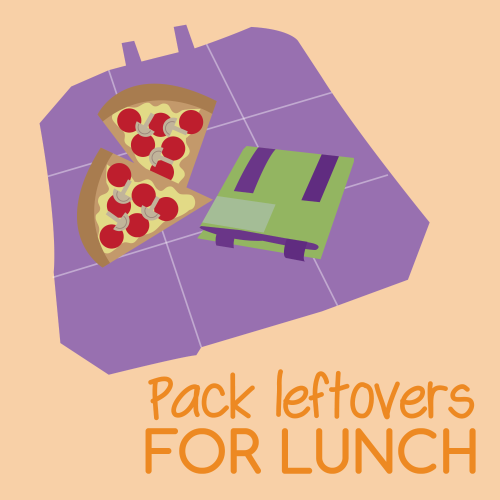
Cutting Down On Food Waste
Food waste is a worldwide problem, especially in fortunate countries such as Australia where there is an abundant supply of sustenance.
The stats on food waste
When wasted food is thrown into the bin and ends up in the landfill, it creates methane which in excess, contributes to climate change. According to the NSW Environmental Protection Agency, landfills generate around 2 per cent of Australia’s total greenhouse gas emissions.
Then there’s the whole chain of production itself. Growing, harvesting, transporting, processing, packaging and distributing food generates around 23 per cent of Australia’s greenhouse gas emissions. That’s the second highest emissions generating activity, second only to power and electricity generation.
If we learn to approach our food with an eye for sustainability, we can reduce waste and therefore reduce the financial and environmental costs associated with food waste.
What you can do towards cutting food waste
Plan your groceries shop carefully and only buy what you need. Pack any leftovers for lunch the next day in reusable sandwich wrap so it goes to good use.
Get creative with how you use ingredients. Are your vegetables and herbs starting to look a bit limp for consumption? They’ll still be perfectly fine in a sauce! On that note, growing some of your own ingredients can also cut down on food waste, and it’s always fun to have your own veggie garden.
Utilise your freezer more. The life of most foods can be extended with it! For example, if your nuts, crackers or chips are going off quickly in the cupboard, transport them to the freezer instead and they’ll stay fresh for longer. Leftovers from meals, baking or bread are perfectly fine to be frozen.
The more you adopt these food waste cutting practices, the more money you’ll save and the more environmentally sustainable your lifestyle becomes.


